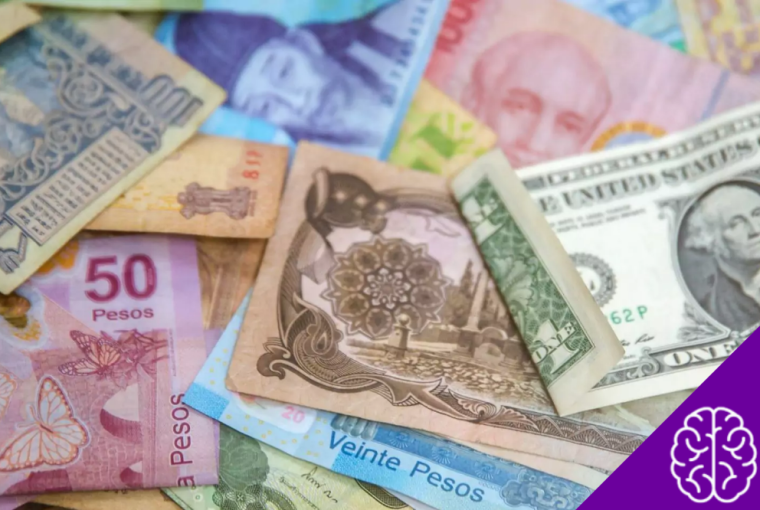Ah, money… It moves the world in various ways, as it helps us achieve dreams, is the primary means to live in society today, determines social status, and is the center of countless movies and stories.
But, beyond its obvious purchasing power, there are many fascinating and peculiar aspects about money that many people are unaware of and are curious about.
Therefore, in this article from Insight Factory, we will explore 10 curious facts about money that might change the way you see those notes and coins in your pocket. Check it out!
01. The origin of the word “money”
Who has never wondered about the origin of the name “money”? Well, know that it is derived from the Latin word “moneta“.
The word moneta means “goddess of the coin” and is in honor of the goddess Moneta, a Roman figure who was the protector of finances and coins.
02. First person to appear on banknotes
Surely you’ve seen a banknote with someone’s image on it, right?
Curious to know who was the first person to appear on a banknote? Well, know that it was Abraham Lincoln, the 16th president of the United States. His image was printed on the $5 note in 1866.
Lincoln was chosen to appear on the $5 notes for his role in the American Civil War. He was a leader of the Union, and his portrait became a symbol of hope and unity for Americans.
03. First living person to be printed on a coin
Coins were also stamped with figures of the time, and the first living person to be printed on a coin was King Edward VII of the United Kingdom. His image was stamped on the 5 shilling coin in 1902.
Edward VII was a modern and progressive man, and he wanted his image to appear on the coins of the United Kingdom to reflect the new century.
04. Banknotes have a lifespan
Did you know that each note has an expected lifespan? For example, in the USA, a one-dollar bill has an average lifespan of about 5.8 years before it is replaced due to wear and tear.
05. Cattle were once used as currency
Did you know that in the Middle Ages, cattle were used as currency in many parts of the world? For example, an ox was worth the equivalent of 100 sheep.
Cattle were used as currency because they were a valuable and easily transportable asset. They were also divisible into smaller units, which facilitated exchanges.
06. Paper money is not exactly paper
You might not expect this, but paper money is not made of paper, but rather a mixture of cotton and linen, as this makes it more durable and difficult to counterfeit.
Cotton is used in money because it is a strong and durable fabric. Linen is used to give money a smoother and more uniform texture.
Usually, paper money is produced upon request made to the Mint, which is responsible for manufacturing the notes in the country, under orders from the Central Bank.
07. Banknotes are printed sideways
Did you know that banknotes are printed sideways? If the notes were printed frontally, the inks could mix and damage the quality of the print.
Therefore, the printing is done sideways, to prevent the inks from mixing during printing.
Additionally, the inks used to print banknotes are very sensitive to heat and light.
08. Money is dirtier than you think
A study from Columbia University found that dollar bills contain traces of cocaine, marijuana, saliva, feces, and even blood.
The study analyzed 60 dollar bills and found traces of human vestiges on 97% of the notes. The researchers believe that the traces are the result of contact of the notes with people’s hands.
09. Money is a form of art
No matter the country around the world, banknotes are works of art, each with its own design and symbolism.
The designers of banknotes work hard to create notes that are beautiful, secure, and representative of the country’s culture.
10. Money is a form of power
Money is a form of power, as it allows people to buy what they want and live the life they desire.
People who have more money have more power to influence the world around them. They can buy properties, invest in businesses, and even influence politics.
Did you enjoy learning about these curious facts?
These are just some curiosities about money. There are many others just as interesting.
Money is much more than mere notes and coins. It is a complex and fascinating entity with a rich history and surprising peculiarities.
Therefore, learning more about money can not only be a curiosity but also a way to better understand the society and economy around us.
So, the next time you hold a banknote, think about all the stories and secrets it may contain!


